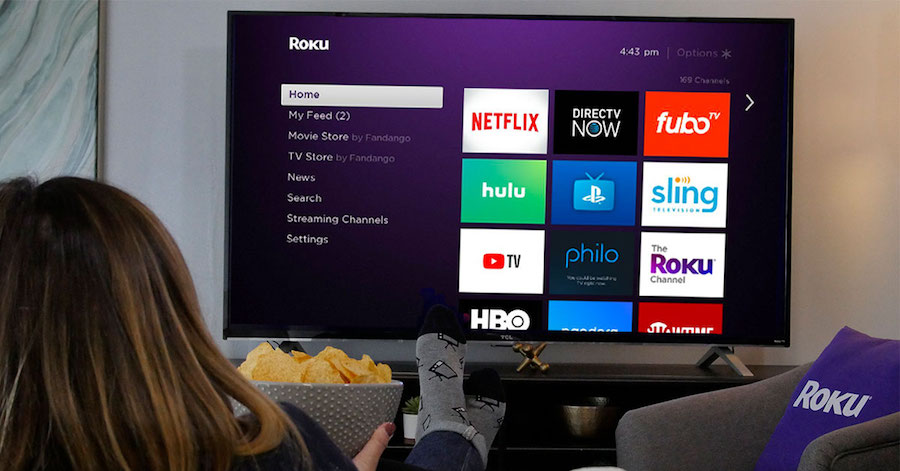A team of experts has released their findings of a study based on sources of Information and Communication Technology (ICT) which shows that streaming media (including video on demand, YouTube, video embedded in social media and websites, video conferences, video calls, and games) is responsible for more than one percent of greenhouse gas emissions worldwide, reported Physics.Org.
The data indicates that the carbon emissions will only rise as streaming media’s popularity increases with each passing day.
The team included Laura Marks, School for the Contemporary Arts professor and Stephen Makonin, engineering professor, engineering student Alejandro Rodriguez-Silva and media scholar Radek Przedpełski.

They studied the carbon footprint of the streaming media for over a year and conducted this investigation under the grant from the Social Sciences and Humanities Research Council of Canada.
Though one percent might not sound like a big deal, it is crucial to remember its significance because the airline industry contributes 1.9 percent, said Marks. “ICT’s carbon footprint is growing fast, and I’m concerned that because we’re all turning our energy to other obvious carbon polluters, like fossil fuels, cars, the airline industry, people are not going to pay attention to this silent, invisible carbon polluter,” she said.

Marks said, “Stephen and Alejandro were there to give us a reality check and to increase our engineering literacy, and Radek and I brought the critical reading to it. It was really a beautiful meeting of critical media studies and engineering.”
Another study published by The Shift Project in 2019 suggested similar results. It asserted that “Digital technologies now emit 4% of greenhouse gas emissions (GHG), and its energy consumption is increasing by 9% a year.” It emphasized the need for the meticulous use of digital technology, including online video surfacing on the rise.
The Shift Project emphasized that the global emissions by digital devices are inclusive of both the use and production of these devices. Online video is sourced from data centers, which are then transferred to devices (computers, smartphones, connected TVs, etc.) via networks (cables, optical fiber, modems, mobile network antennae, etc.).

Hence, this continued series of transfers require electricity whose production consumes resources and usually involves CO2 emissions. The report claimed that last year just online video streaming generated more than 300 MtCO2, that is, “as much greenhouse gas as Spain emits 1% of global emissions.”
The study also foregrounds the difference and the rise in global emissions from the past. Since 2013, ICT’s share in global gas emission has increased from 2.5% to 3.7% of global emissions.
The Shift Project did not only talk about the problem instead focused on the solution. It stated that the responsibility also lies upon the public authorities who should set up a public database where people would know their environmental impact.

The database could be similar to the model of existing carbon impact databases such as the French “Base Carbone Ademe”. This would also help to measure the carbon impact of any big digital project before it is launched.
Moreover, the study asserts that shifting to sober digital practices can help reduce this growth of greenhouse gas emissions by 1.5% per year.
The Marks and Makonin led team also has added a section where they have compared the attacks on The Shift Project by the International Energy Association. While some ICT engineers are of the view that there is no carbon footprint of streaming digital media, others think that it is a serious concern. Their full report contains a comparison of both viewpoints to get an in-depth understanding of the complete issue.

One of the most important recommendations to reduce the carbon footprint of streaming that the experts offered is to ensure that our electricity comes from renewable resources.
Some other recommendations at the individual level include:
- Stream less
- Watch physical media, including DVDs
- Decrease video resolution
- Use audio-only mode when possible
- Keep your devices longer—since the production of devices is very carbon-intensive
Also Read: Cooler Weather Conditions pacified Western wildfires in the U.S., but the property loss tally grow.
















